Discovering the types of competitors in your business or marketing is an excellent way to begin devising your battle strategy, as you have the opportunity to learn about your market, discover what your target audience is interested in, and, if you are lucky, find new business opportunities.
Competition in business and marketing is the constant struggle between companies offering similar goods and services to capture the attention of the same audience or type of consumer, intending to increase their sales volume and, revenues, profits, and market share.

Competition in business and marketing is based on four essential components called the four “P’s,” which are:
- Product
- Place
- Promotion
- Price

From these four pillars, companies study the strengths and weaknesses of the other organizations they are fighting against and can create a marketing plan that allows them to achieve success and keep up with the needs of their market. Based on the adage “knowledge is power,” knowing facts such as the qualities of the products offered by other companies and their pricing plans can help them add value to their own or provide better prices.
Any company must identify business and marketing competitors. Why? Knowing this helps you reveal who is offering similar products or services and who is capturing customers’ attention better than you are.
What Are The 5 Types of Competitors?

Forbes found that approximately 20% of new businesses fail while opening in the first two years.
The main reason? They don’t do market research and are not where they are getting.
To create successful business strategies, you need to be able to identify and classify different types of competitors in business according to the level of competition they represent for the visibility and positioning of your brand.
Let’s find the difference between a direct and indirect competitor.
1. Direct Competitors
A direct competitor is a company or organization that offers the same products and services as you do, sells them, and targets the same type of consumers. This type of competitor operates in the same market and, therefore, often hinders you from capturing the attention of your target audience. A direct competitor is constantly fighting to gain or increase their market share by reducing its market share, reducing its revenues, profits, and profitability.
Now that we have a definition, let’s look at some examples!
Examples of direct competitors
Coca-Cola vs. Pepsi

This is the quintessential example of direct competitors; these two giants of the soft drink industry offer as their primary product a cola-flavored soft drink to the same type of consumers and at similar prices.
DHL vs. FedEx
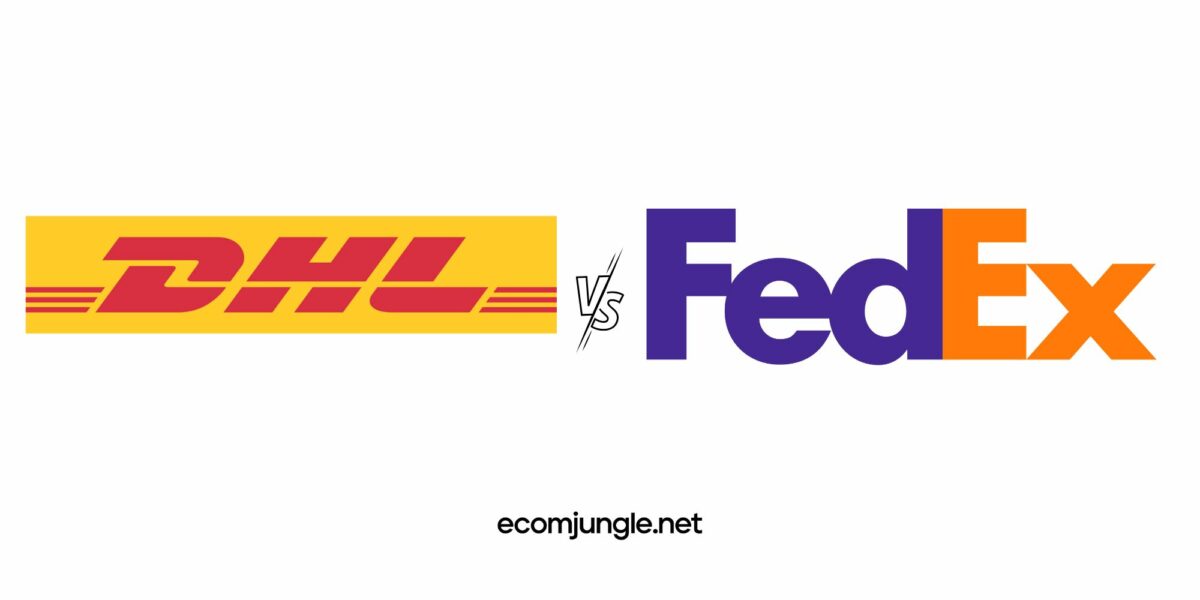
These are two well-known companies in the world of courier services that offer their services worldwide. Both are constantly offering new shipping options and complements to their customers to stand out as the best option, express delivery, next day, and long-distance shipping, among others, and maintain a price fight to try to win the favor of users.
OnePlus vs. Apple
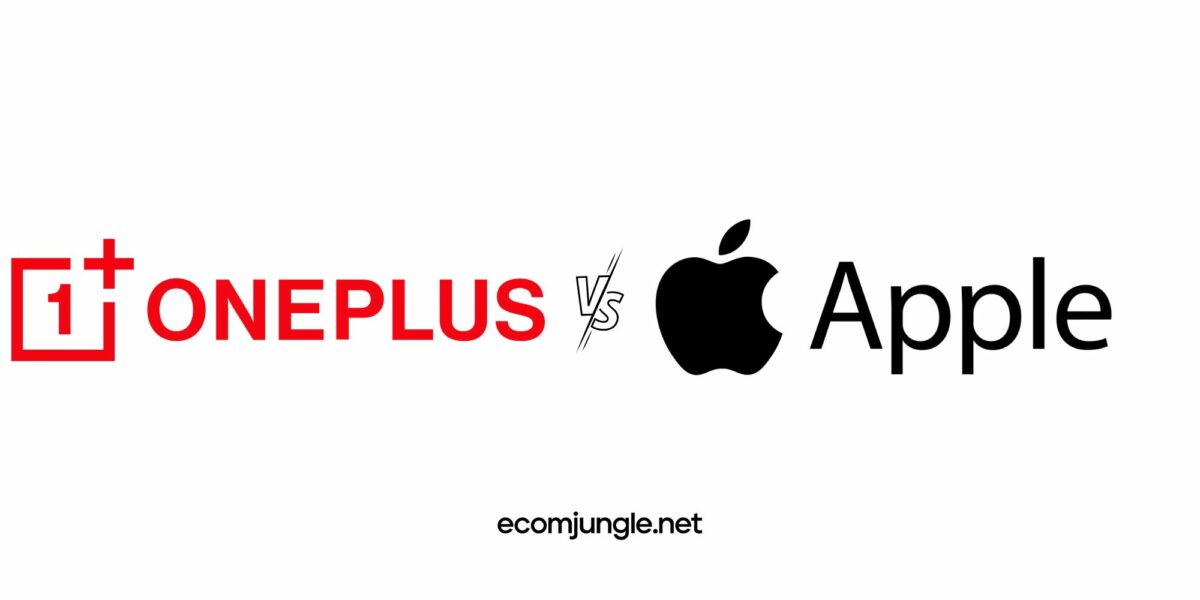
You did not imagine them as direct competitors. The truth is that the bitten apple brand offers its iPhone to an urban audience with higher incomes. OnePlus aims at fans of technology and mid-range Android devices looking for good value for money. Over the years, the successful campaigns of OnePlus have captured the attention of former Apple lovers.
Boeing vs. Airbus
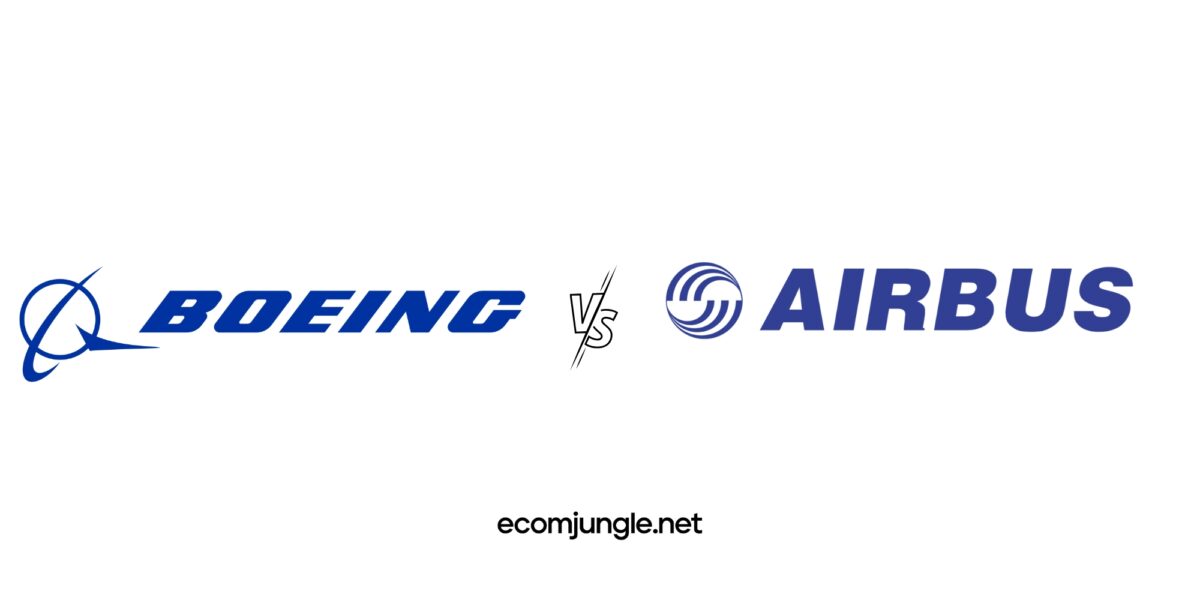
This is the case of two large companies dedicated to the manufacture of commercial aircraft, both have a monopoly in their industry, but each battling to become the only one since 1990, creating new models and designs to get to the top.
Read on, and let’s see other types of competitors that are not so obvious!
2. Indirect Competitors
Indirect competitors are companies or organizations that offer products or services slightly different from yours but offer them to the same type of customers and claim to satisfy your exact needs. For example, a fast-food restaurant that sells hamburgers is an indirect competitor of a restaurant that offers pizzas.
In both cases, these sites target the same type of consumers who have the same need “to eat.” Their target audience is hungry people who do not want to eat at home and want something cheap and quick to put in their bellies and continue their day.
Examples of indirect competitors
Coca-Cola vs. Tropicana

Although they offer different products since the former offers carbonated beverages, the latter offers an alternative for those who do not want to consume a soft drink and sells natural fruit juices. Both compete indirectly to satisfy the same consumer need “to quench their thirst.”
Burger King vs. Taco Bell
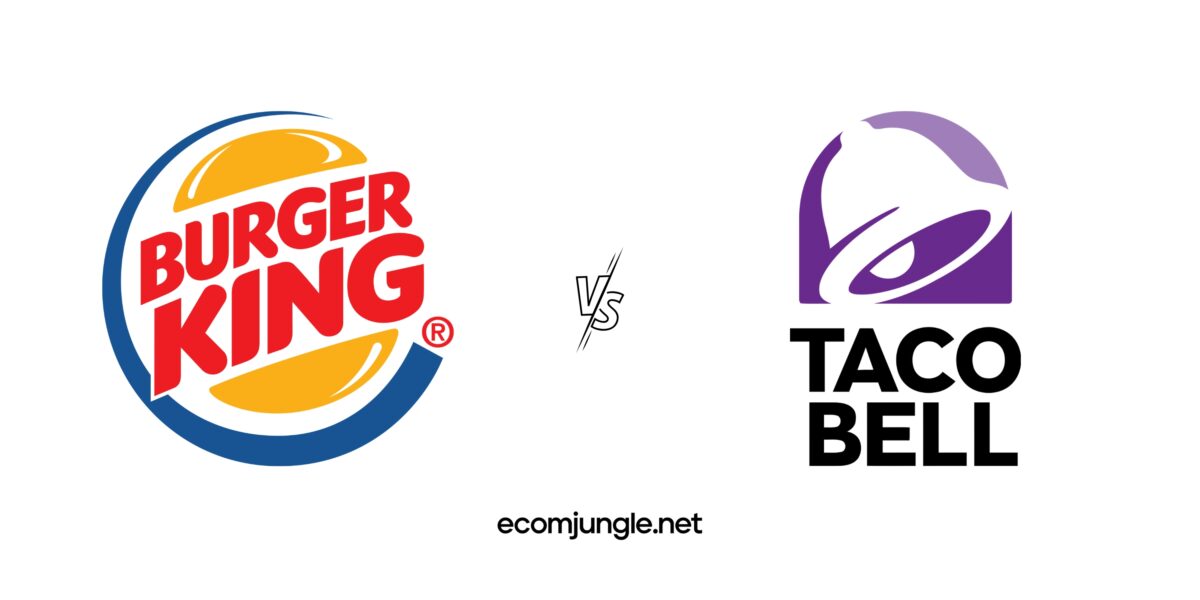
One chain is dedicated to selling hamburgers, and the other focuses on tacos, serving different products in their facilities but seeking to capture the attention of the same group of consumers and satisfy the same need.
Let’s look at these types of competitors by industry!
Beverages

Whether it is a company that offers hot or cold beverages, they compete. Within each branch, new competitors exist, for example, those organizations that sell tea versus coffee.
In the case of cold beverages, there are sodas versus fruit juices, flavored waters, and lemonades, all competing indirectly with each other.
Dairy vs. jam
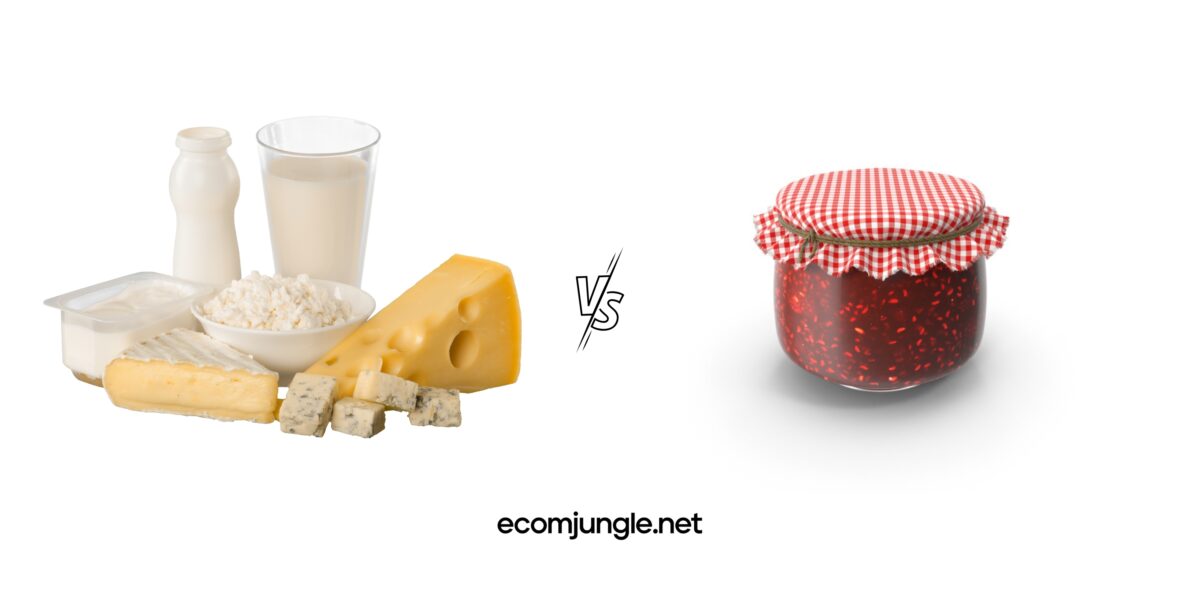
Companies that offer dairy products, such as butter, melted cheese, and cream cheese, compete against those that provide peanut butter or produce fruit jellies, so the customer can choose the best complement to spread on bread.
Medications

In this case, when a patient buys a product, they take as a reference the commercial name, then the laboratory that produces it, and finally, they look at the active component of the drug. Pharmaceutical companies strive to position themselves as reliable laboratories so customers feel safe purchasing their brand.
3. Potential Competitors
Potential competitors are those business organizations not currently in your competitive market, so they are not competing for market share. However, they have all the potential to affect your revenues.
Regarding to potential competitors, we are talking about hypothetical competition, i.e., companies or brands with a similar proposition that may appeal to your target consumer group but have yet to arrive there.
Examples of potential competitors
Apple vs. Sony, Samsung, or Huawei
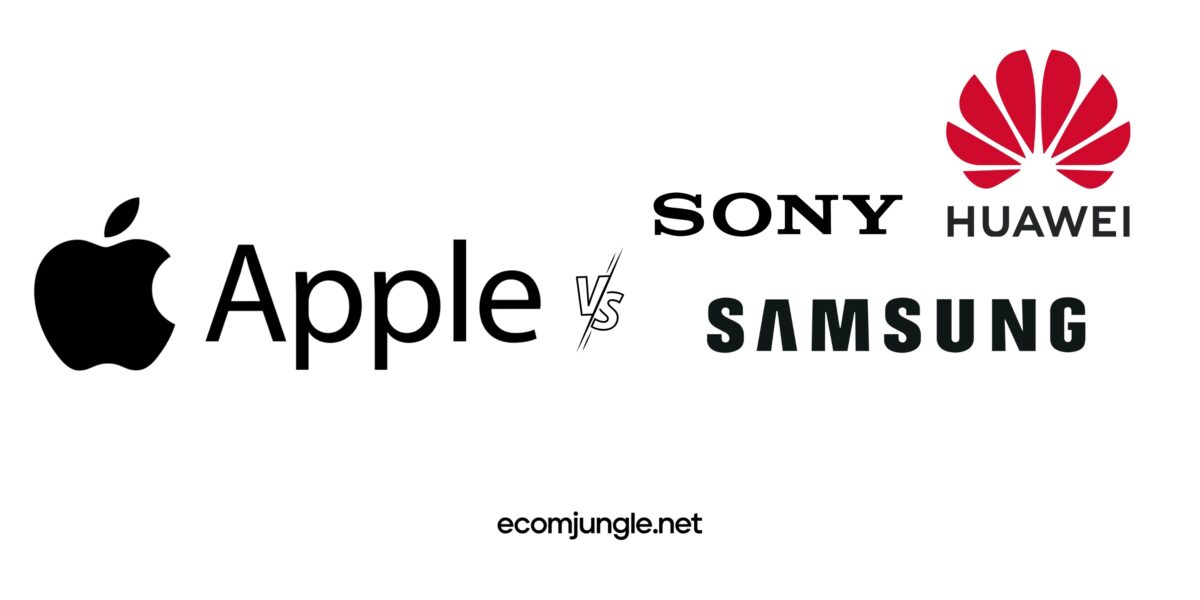
When Apple entered the market in the 1980s, it focused on creating computers; however, by the first decade of the 2000s, they designed the iPhone, joined a foreign market, and succeeded.
A competitor in another city
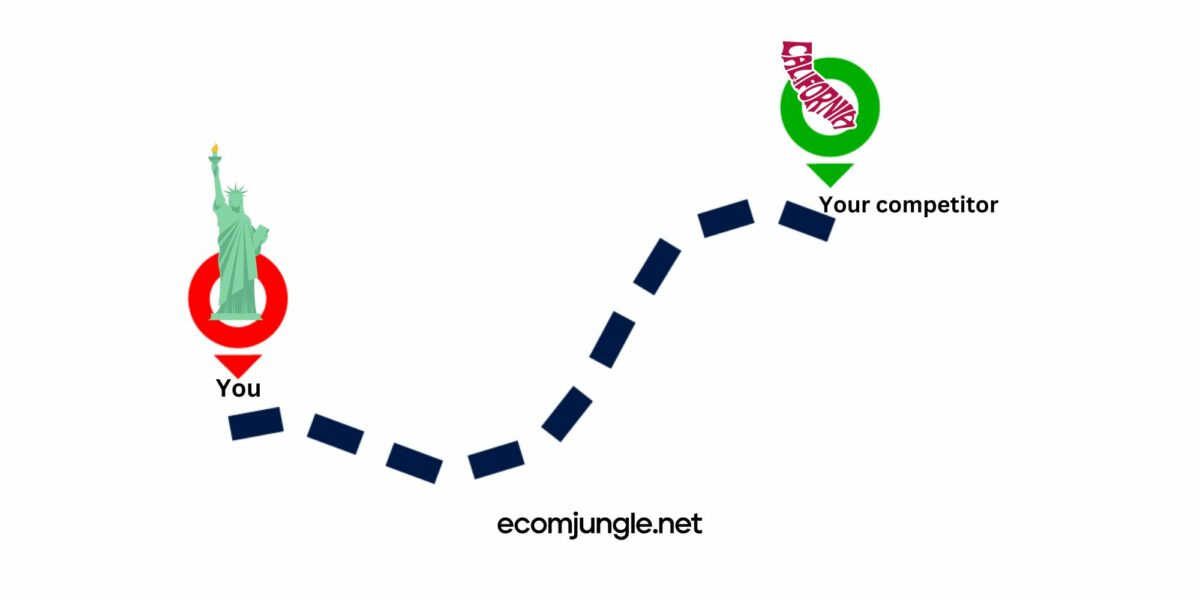
Imagine you have a small company that paints houses in one town; other companies offering the same service in neighboring towns could represent potential competition if they later provide their services in the same area.
It is essential to differentiate them from future competitors. Read on!
4. Future Competitors
Future competitors are a kind of potential competitors. Still, their distinctive feature is that they are brands, organizations, or companies that are better qualified and have more experience, means, and resources at their disposal, so their chances of entering your market are greater.
This could be the case of a national supermarket chain such as Walmart, which could open a new store in a locality where a family store is the leading supplier of groceries.
Examples of future competitors
A brand that only sells in a specific country
Imagine that you have an eCommerce dedicated to selling sports shoes and that your consumers in the US need this type of footwear for going to the gym, walking, jogging, etc. However, in the future, you could expand your market and target other countries such as Spain or the United Kingdom. It could boost your consumer group and represent competition for those who offer these products in those countries.
5. Replacement Competitors
Replacement competitors are those brands, companies, or eCommerce that offer an alternative to the products or services you offer; that is, they satisfy the same consumer need but in a different way, being able to take over your market share. You may notice that this is very similar to an indirect competitor, but let’s look at some examples to illustrate the differences between the two types of competitors.
Example of replacement competitors
Cigarettes vs. electronic cigarettes

Both offer the public the ability to ingest nicotine; however, they do it differently, one through blending tobacco leaves, and the other is an electronic device that delivers vaporizations that resemble the smoking experience.
Cameras vs. cell phones
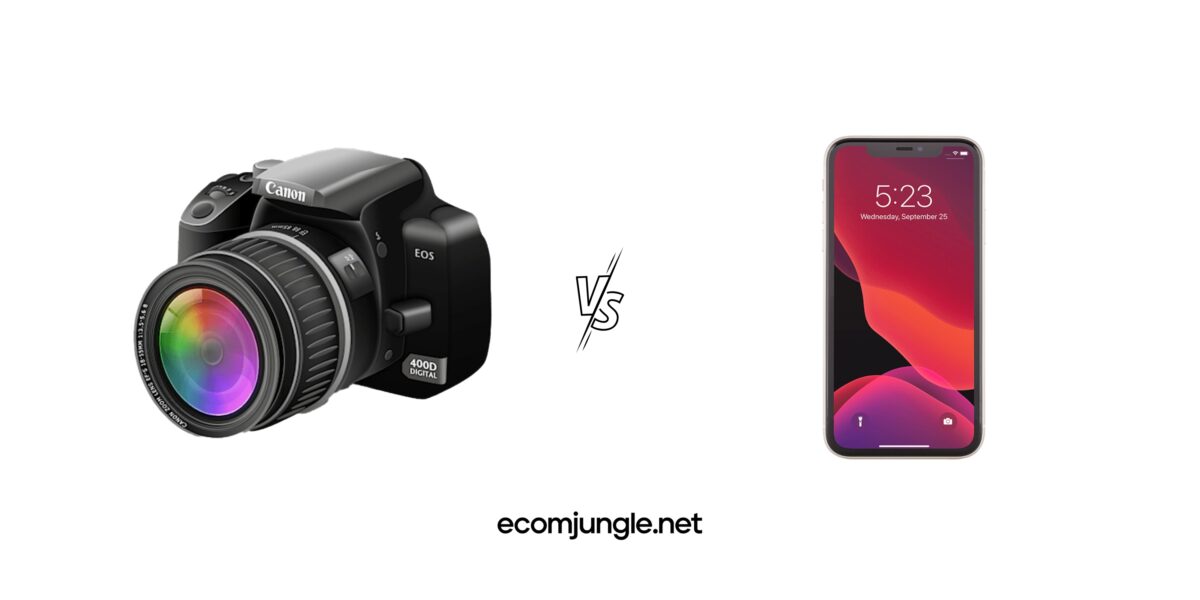
Companies such as Canon, Kodak, Polaroid, and Sony dominated the photographic industry. However, years later, they faced other unexpected competitors that left them behind, companies that manufactured cell phones incorporated cameras into the devices and were always available to users.
Uber vs. regular transportation
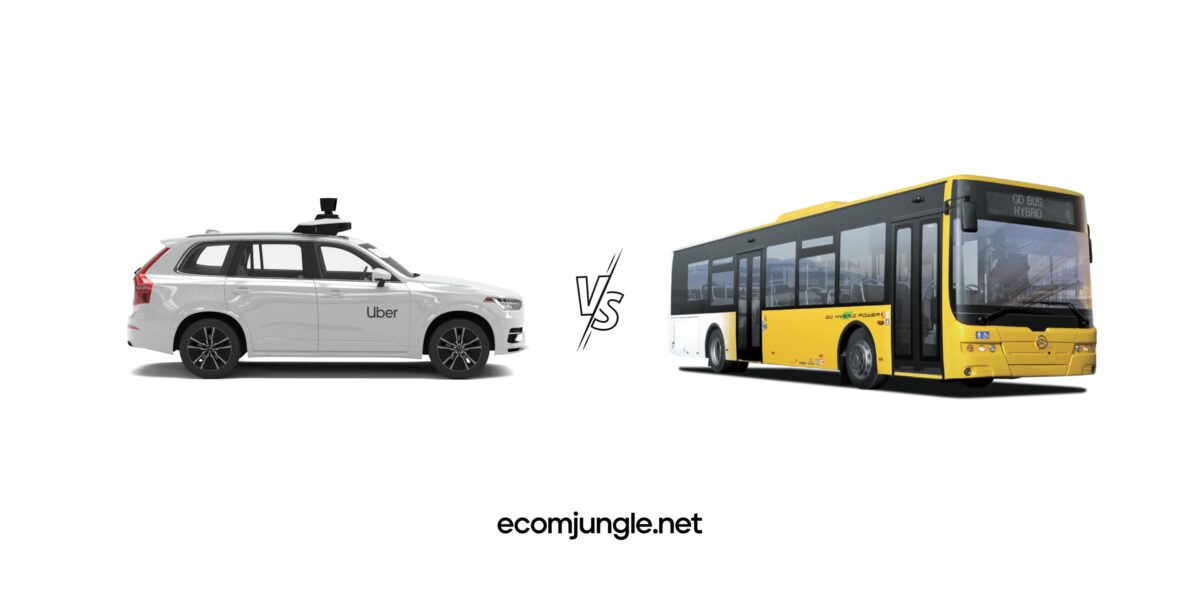
Rideshare companies like Uber changed how people comfortably move from one place to another. They can travel individually, check pricing rates, and see available drivers in the area from their mobile.
Pro tip:
This type of competitor is unpredictable and complex, so you must continually update your market research to identify and anticipate their strategies.
Identifying competitor types is not only about gathering information about the competition; it helps you use the available data to make informed decisions for your business.
That’s All for Today!
Correctly identifying your competitors allows you to assess how directly you are fighting with them for market share and see growth opportunities. This will enable you to design your course of action for each one, not only in how you create your products or offer your services but also in addressing your target consumer group and assertively capturing their attention.
Have you already identified your consumers? Have you discovered unexpected competitors?
Let me know in the comments!
Frequently Asked Questions
Direct competitors are businesses or eCommerce that present in the market the same or very similar products or services to your brand. They are in the same market area, target the same audience and satisfy the exact needs.
Direct competitors affect your business because they limit your market share, customer acquisition, and profitability. They increase the supply of similar products, which leads to lower prices that are more attractive to your customers.
Identifying your competitors is essential because it helps you discover new opportunities in your industry. You can create competitive strategies to make your products stand out in the marketplace and stay one step ahead to respond to their marketing strategies.
Analyzing both direct and indirect competitors help entrepreneurs detect who can limit their visibility in the marketplace and capture their potential customers.
I love the use of well known brands and logos in the examples above to explain the types of competitors in business. The last two (future and replacement competitors) are certainly the hardest to predict so it is really crucial to keep innovating and growing in business. Also, it is good to stay up-to-date with the latest news in your industry and business in general to prevent a Blockbuster type scenario.